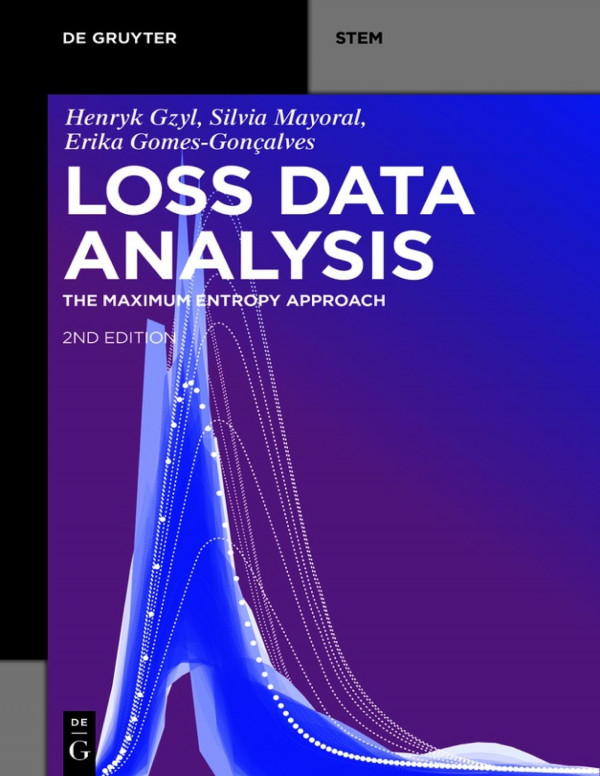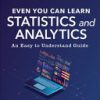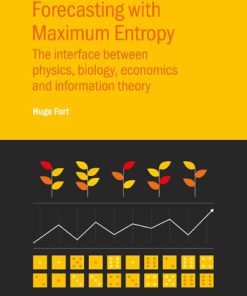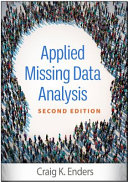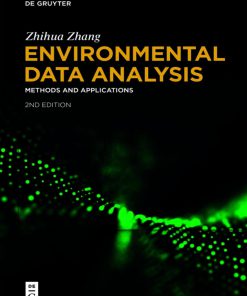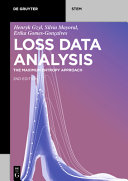Loss Data Analysis: The Maximum Entropy Approach 2ed 2nd Edition by Henryk Gzyl 9783111049700 3111049701
$50.00 Original price was: $50.00.$25.00Current price is: $25.00.
Loss Data Analysis: The Maximum Entropy Approach 2ed 2nd Edition Henryk Gzyl – Ebook Instant Download/Delivery ISBN(s): 9783111049700,3111049701
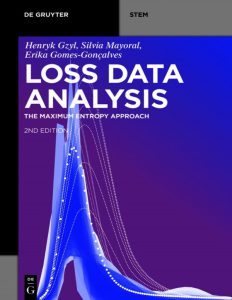
Product details:
- ISBN 10:3111049701
- ISBN 13:9783111049700
- Author: Henryk Gzyl
Loss Data Analysis
The Maximum Entropy Approach
Table contents:
1 Introduction
1.1 The basic loss aggregation problem
1.2 Description of the contents
2 Frequency models
2.1 A short list of examples
2.1.1 The Poisson distribution
2.1.2 Poisson mixtures
2.1.3 The negative binomial distribution
2.1.4 Binomial models
2.2 Unified version
2.3 Examples
2.3.1 Determining the parameter of a Poisson distribution
2.3.2 Binomial distribution
3 Individual severity models
3.1 A short catalog of distributions
3.1.1 Exponential distribution
3.1.2 The simple Pareto distribution
3.1.3 Gamma distribution
3.1.4 The lognormal distribution
3.1.5 The beta distribution
3.1.6 A mixture of distributions
3.2 Numerical examples
3.2.1 Data from a density
4 Some detailed examples
4.1 Claim distribution and operational risk losses
4.2 Simple model of credit risk
4.3 Shock and damage models
4.4 Barrier crossing times
4.5 Applications in reliability theory
5 Some traditional approaches to the aggregation problem
5.1 General remarks
5.1.1 General issues
5.2 Analytical techniques: The moment generating function
5.2.1 Simple examples
5.3 Approximate methods
5.3.1 The case of computable convolutions
5.3.2 Simple approximations to the total loss distribution
5.3.3 Edgeworth approximation
5.4 Numerical techniques
5.4.1 Calculations starting from empirical or simulated data
5.4.2 Recurrence relations
5.4.3 Further numerical issues
5.5 Numerical examples
5.6 Concluding remarks
6 Laplace transforms and fractional moment problems
6.1 Mathematical properties of the Laplace transform and its inverse
6.2 Inversion of the Laplace transform
6.3 Laplace transform and fractional moments
6.4 Unique determination of a density from its fractional moments
6.5 The Laplace transform of compound random variables
6.5.1 The use of generating functions and Laplace transforms
6.5.2 Examples
6.6 Numerical determination of the Laplace transform
6.6.1 Recovering a density on [0,1] from its integer moments
6.6.2 Computation of (6.5) by Fourier summation
7 The standard maximum entropy method
7.1 The generalized moment problem
7.2 The entropy function
7.3 The maximum entropy method
7.4 Two concrete models
7.4.1 Case 1: The fractional moment problem
7.4.2 Case 2: Generic case
7.5 Numerical examples
7.5.1 Density reconstruction from empirical data
7.5.2 Reconstruction of densities at several levels of data aggregation
7.5.3 A comparison of methods
8 Extensions of the method of maximum entropy
8.1 Generalized moment problem with errors in the data
8.1.1 The bounded error case
8.1.2 The unbounded error case
8.1.3 The fractional moment problem with bounded measurement error
8.2 Generalized moment problem with data in ranges
8.2.1 Fractional moment problem with data in ranges
8.3 Generalized moment problem with errors in the data and data in ranges
8.4 Numerical examples
8.4.1 Reconstruction from data in intervals
8.4.2 Reconstruction with errors in the data
9 Superresolution in maxentropic Laplace transform inversion
9.1 Introductory remarks
9.2 Properties of the maxentropic solution
9.3 The superresolution phenomenon
9.4 Numerical example
10 Sample data dependence
10.1 Preliminaries
10.1.1 The maximum entropy inversion technique
10.1.2 The dependence of λ on μ
10.2 Variability of the reconstructions
10.2.1 Variability of expected values
10.3 Numerical examples
10.3.1 The sample generation process
10.3.2 The ‘true’ maxentropic density
10.3.3 The sample dependence of the maxentropic densities
10.3.4 Computation of the regulatory capital
11 Disentangling frequencies and decompounding losses
11.1 Disentangling the frequencies
11.1.1 Example: Mixtures of Poisson distributions
11.1.2 A mixture of negative binomials
11.1.3 A more elaborate case
11.2 Decompounding the losses
11.2.1 Simple case: A mixture of two populations
11.2.2 Case 2: Several loss frequencies with different individual loss distributions
12 Computations using the maxentropic density
12.1 Preliminary computations
12.1.1 Calculating quantiles of compound variables
12.1.2 Calculating expected losses given that they are large
12.1.3 Computing the quantiles and tail expectations
12.2 Computation of the VaR and TVaR risk measures
12.2.1 Simple case: A comparison test
12.2.2 VAR and TVaR of aggregate losses
12.3 Computation of risk premia
13 A solution to the capital allocation problem
13.1 Introduction and preliminaries
Problem 1: How to assign risk capital within specified bounds?
Problem 2: Determination of the risk measure from the market prices of risk
13.2 Numerical results
13.2.1 The capital allocation
13.2.2 Problem 2: Determining the distortion function from given risk prices
13.3 Appendices
13.3.1 Application of MEM to determine the capital allocation
13.3.2 Distorted risk measure
13.3.3 Application of MEM to determine the distortion measure
13.3.4 A numerical instability issue
14 Review of statistical procedures
14.1 Parameter estimation techniques
14.1.1 Maximum likelihood estimation
14.1.2 Method of moments
14.2 Clustering methods
14.2.1 K-means
14.2.2 EM algorithm
14.2.3 EM algorithm for linear and nonlinear patterns
14.2.4 Exploratory projection pursuit techniques
14.3 Approaches to select the number of clusters
14.3.1 Elbow method
14.3.2 Information criteria approach
14.3.3 Negentropy
14.4 Validation methods for density estimations
14.4.1 Goodness of fit test for discrete variables
14.4.2 Goodness of fit test for continuous variables
14.4.3 A note about goodness of fit tests
14.4.4 Visual comparisons
14.4.5 Error measurement
14.5 Beware of overfitting
14.6 Copulas
Definition
Properties
Sklar’s theorem
14.6.1 Examples of copulas
14.6.2 Simulation with copulas
People also search:
loss data analysis: the maximum entropy approach
loss data analytics
loss data analysis
maximum entropy algorithm
loss function maximum likelihood
You may also like…
Romance - Contemporary Romance
Earth Sciences - Geochemistry
Hydrochemistry Basic Concepts and Exercises 2ed 2nd Edition Eckhard Worch
Mathematics - Mathematical Statistics
Applied Missing Data Analysis 2nd Edition by Craig K Enders ISBN 9781462549863 1462549861
Uncategorized
Earth Sciences - The Environment
Environmental Data Analysis: Methods and Applications, 2nd 2nd Edition Zhihua Zhang
Chemistry - Biochemistry
Protein Arginylation Methods and Protocols 2ed 2nd Edition Anna S Kashina

